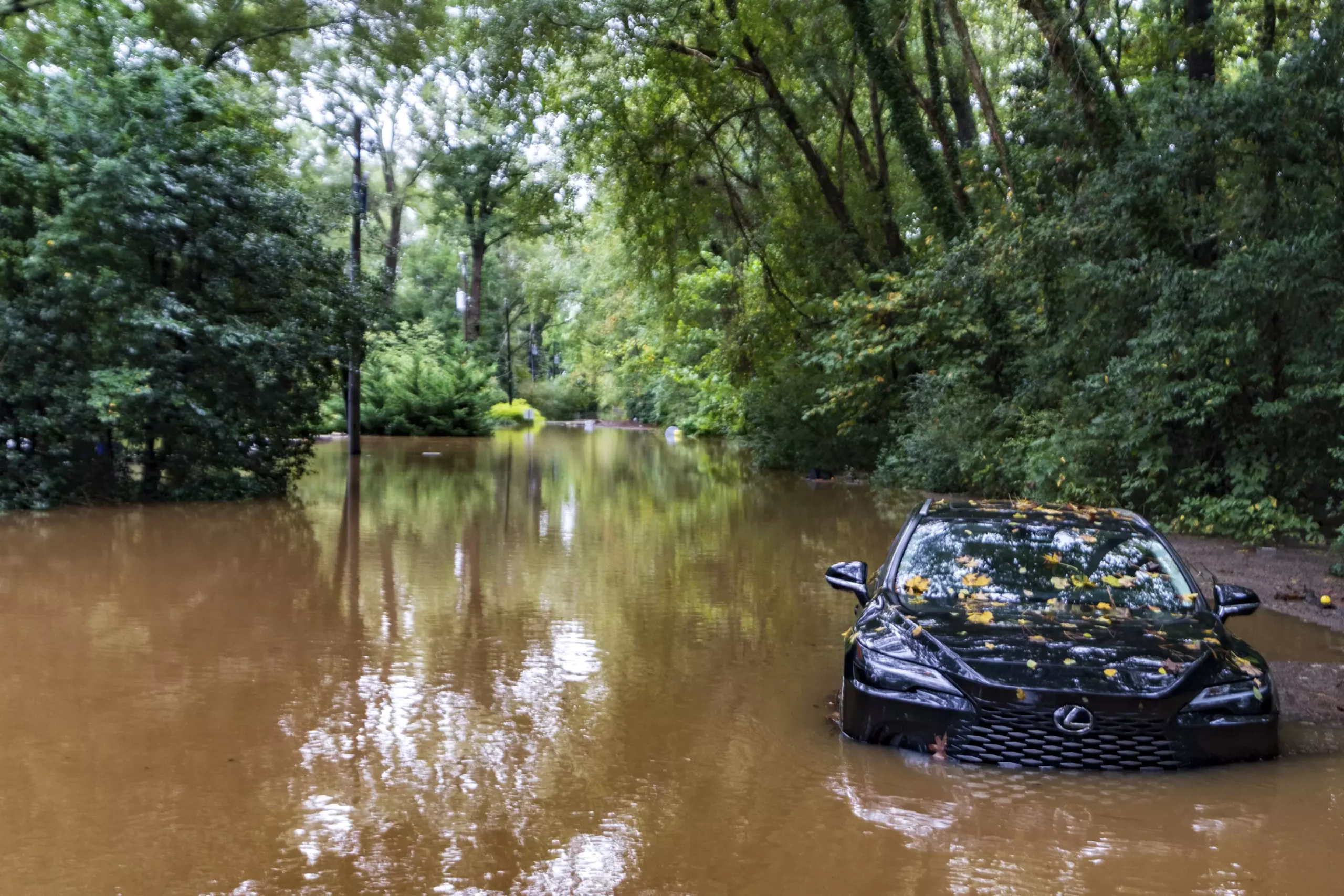The rise of electric vehicles (EVs) has been a hallmark of progress in sustainable transportation. However, as more owners embrace this technology, it’s critical to address the hidden risks associated with natural disasters, particularly severe storms like hurricanes. Electric vehicles can experience serious hazards if they are compromised by environmental conditions, such as saltwater inundation. Owners must recognize these risks and prepare adequately to mitigate potential disaster.
In the wake of events like Hurricane Helene, which threatened to hit Florida with severe storm surges, state officials, including Governor Ron DeSantis, have urged electric vehicle owners to take necessary precautions. While incidents of EVs catching fire due to saltwater exposure are not rampant, they have occurred enough to raise alarms in local communities. This has led to discussions about the vulnerabilities of battery-powered vehicles in extreme weather scenarios and the steps owners can take to safeguard their investments and wellbeing.
Understanding the mechanical intricacies behind EV fires during extreme weather is vital for owners. The main culprits behind these fires are the lithium-ion batteries that power these vehicles. When vehicles are submerged in saltwater, the salt can create conductive pathways between the battery terminals, leading to electrical short circuits. If this happens, it can trigger an overheating phenomenon known as thermal runaway. Tom Barth of the National Transportation Safety Board has outlined how this thermal reaction can escalate, potentially igniting a fire if not properly managed.
Manufacturers have installed design features to mitigate these risks, including insulation barriers and moisture-resistant materials. However, these precautions may fail when vehicles are entirely submerged, breaching the inherent protections. Barth warns that the real danger often surfaces only days or weeks after the initial exposure when residual salt can still cause electrical issues, signifying that preventative measures cannot abruptly eliminate all risk.
As EV owners approach storm season, proactive measures become imperative. The first step is straightforward: ensure your vehicle is parked in a location that is safe from flooding. By moving vehicles to higher ground, owners can dramatically minimize the risk of flooding and subsequent fire hazards. Additionally, keeping the vehicle charged is paramount; unlike traditional gas stations, which cannot pump fuel during power outages, electric vehicles will need a sufficient charge to navigate potential emergencies.
Furthermore, preparation should extend beyond physical relocation. Owners should familiarize themselves with emergency protocols for their EVs, particularly how to disconnect batteries in an emergency if necessary. This preparedness can potentially augment safety during chaotic storm conditions, reducing the risk of both personal harm and property damage.
Recent hurricanes such as Ian and Idalia have highlighted the pressing nature of these safety concerns. After Hurricane Ian, it was reported that as many as 5,000 electric vehicles were affected, with multiple instances of vehicle fires. These alarming statistics underline the necessity for both owners and officials to recognize the potential fallout of flooding in storm-prone areas. In contrast, saltwater implications did not show significant risk with freshwater flooding scenarios, which illustrates the unique challenges that EV owners face.
Notably, the evolving dynamic of climate change means that severe weather phenomena will become increasingly common, further complicating safety responses. Awareness among EV owners will be crucial as communities grapple with the realities of how natural disasters can influence vehicle safety and battery integrity.
The National Highway Traffic Safety Administration (NHTSA) is acutely aware of these issues and is diligently working on enhancing the safety protocols surrounding electric vehicle batteries. As research refines our understanding, agencies aim to update safety requirements to better protect consumers. This ongoing investigation reflects an essential recognition of the evolving landscape of vehicle safety, particularly as one considers the integration of technology in storm-prone regions.
Ultimately, the combined efforts of manufacturers, individual owners, and regulatory bodies must address and refine the inherent vulnerabilities of electric vehicles in the face of environmental challenges. By staying informed and prepared, EV owners can navigate the stormy seas of both nature and technology with a measure of confidence and resilience.


Leave a Reply